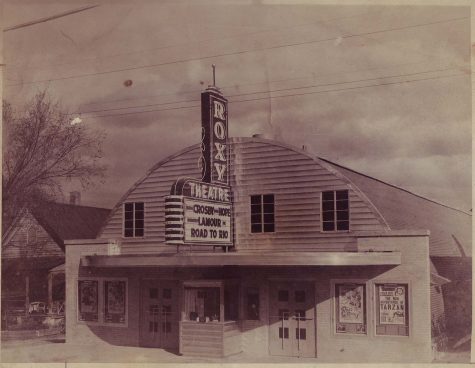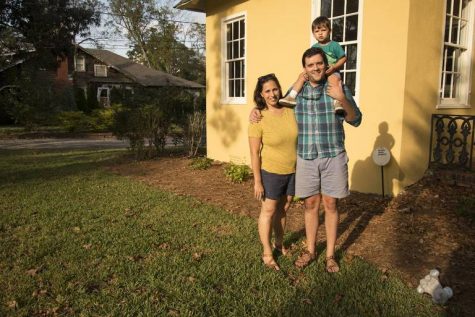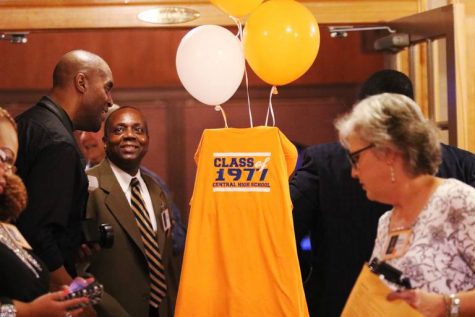“Where do the white kids go to school in Macon?”
“Where do the white kids go to school in Macon?” asked the young black student of mine in Mercer University’s teacher education program.
She had not grown up in Macon and didn’t understand why she saw only black students at school after school. I paused, and reflected on all I had learned during my doctoral studies at Georgia Southern University, where I wrote my 2010 dissertation on segregation in Bibb County schools.
That research included extensive interviews with African-American women who had lived in Macon prior to, during, and after court-ordered integration in the early 1970s. With painfully vivid memories, they reinforced everything I had observed while living in Macon for over a decade: that a large percentage of white students in Macon attended private schools.
That die was cast when Georgia ignored the 1954 Supreme Court decision on Brown v. Board of Education, which declared racially segregated schooling was unconstitutional. In response to the ruling, then-Gov. Herman Talmadge proclaimed Georgia’s schools would never integrate, and that held true until a federal court ordered Georgia’s desegregation in 1969.
Macon’s mayor at the time, Ronnie Thompson, urged all white parents to defy the court order and take their children to the schools they had always attended. Then-Gov. Lester Maddox came down from Atlanta to rally the parents of Macon’s white school children, telling them that private Christian schools were their best weapon against desegregation. They listened.
While few people today would argue that the Brown decision wasn’t just, there is little evidence to suggest that anyone gave serious consideration to how desegregation could be implemented equitably. When Thurgood Marshall argued the case before the Supreme Court, he was not fighting for black children to be able to attend white schools, per se. Rather, he was arguing that separate was not equal, and that black students deserved the same funding and the same quality materials, facilities and educational opportunities as white students.
“The black schools were so behind in materials … the second-hand books and stuff like that,” said one woman I interviewed for my dissertation, who was a teacher in Bibb County at the time of desegregation. As with all of the women I interviewed, I agreed to grant her anonymity so that she could speak more candidly.
“We were happy for an opportunity just to go to a school where we had known all the time that everything is better there,” she said.
Like Marshall had argued before the Supreme Court, it was not integration she wanted, but equality.
Nonetheless, school integration was forced upon two unwilling groups of people, whereby one group (blacks) was expected to assimilate into the culture of the governing group (whites), without anyone addressing the differing cultural and pedagogical norms between those groups.
This had a disastrous effect on the black community, in that students of color were labeled as undisciplined troublemakers and underachievers, when perhaps they were quite disciplined and capable of operating in an atmosphere of mutual respect.
Resistance continued and white flight began. Not only did white students flee to private schools, but also to adjacent counties where the populations had fewer African Americans. Back in Bibb public schools, black students couldn’t help but get the message.
“(Black) kids felt like they weren’t wanted, so they didn’t go. They just dropped out,” said another woman who was a teacher in Bibb County when I interviewed her and who grew up during the integration era.
The resulting decrease in student population meant a decrease in funding for the public schools, leaving Bibb’s black students not much better off than where they started.
Today, after almost five decades of busing, redistricting, implementation of magnet and charter schools, Macon’s schools are still, for the most part, racially segregated. Bibb County has made efforts to draw white students back into the system by building new schools in predominantly white neighborhoods.
According to one of my interviewees, who works in higher education now, “Westside High had a lot of white students there. But when they started building Howard High, way out on Forsyth Road, most of the white kids pulled out and went to Howard. So now Westside is predominantly black, and that was a surprise to the white community out there by Lake Tobesofkee.”
The Howard example stands in contrast to what happened when new schools were built in predominantly black neighborhoods.
“Look at Ingram-Pye,” said one woman I interviewed who was a teenager during integration but is now a Bibb County teacher. “They took Burke, Hamilton and Ingram-Pye and consolidated them in this fabulous new building, hoping for change. But you put the same kids, from three underprivileged and underperforming schools in the same building, and it’s supposed to change them?”
The practice of closing and consolidating predominantly black schools in predominantly black neighborhoods, while strategically opening new schools in predominantly white neighborhoods, gives black families the impression that the school system values white families more, my sources told me.
Because Macon has effectively maintained segregated schooling since Brown, by developing its private school system and also by zoning some public schools in predominately white areas, it has continued to be the norm. Many people do not know any other way.
People deserve to know their histories, one of the aforementioned women told me.
A personal connection to the past and a willingness to confront unpleasant aspects of history is needed for Macon to move forward and make education more equitable, she said. “And we hope to come to — well, you know — where we’re supposed to be.”
Ashley P. Murray Ed.D is a senior research analyst at Pearson Education.






